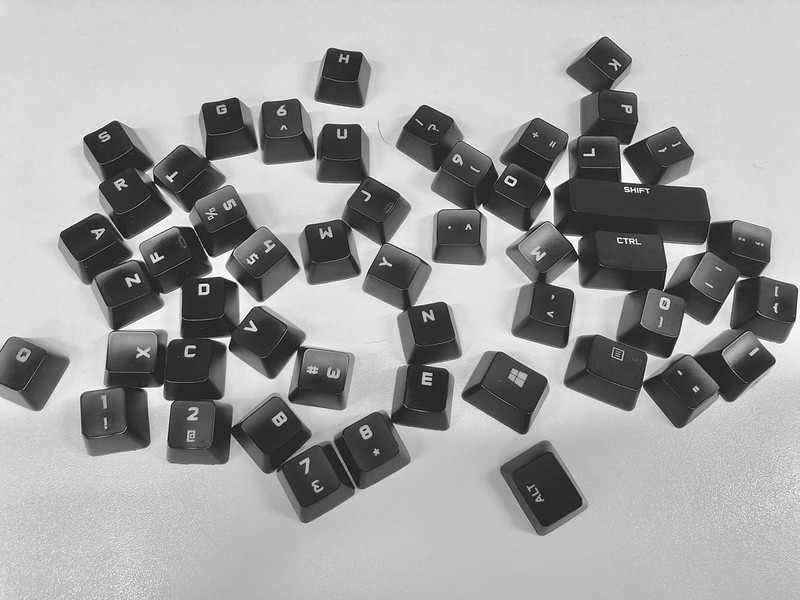
Enhancing focus through managing email
Email is often described as one of the biggest distractors from work. Research on the impact of email has found that checking email less frequently reduces stress and makes your more efficient at managing your email and the rest of your work.
While there is no magic number about how often you should check your email, reducing the frequency is key. Improving your relationship with your email account doesn’t mean that you have to avoid using your inbox altogether or that you ignore important email. You will still have to attend to work email but doing this less frequently and on your own terms is key.
Use strategies to make email and other communications work for you, not against you:
- If you use gmail, learn more about your email behaviour by using a tool such as https://emailmeter.com/which gives you statistics about email frequency and responsiveness.
- Disable push emails. If you have push enabled, whenever you get a new email, you will immediately get notified. However, you are likely to be checking anyway, so there is no need to be alerted for every new email, especially in your personal account(s). You can still manually check if you have new messages whenever you want.
- Reduce the frequency of syncing (see below). If you still want push notifications, try changing how often your email client syncs your inbox. You could change it to as low as once or twice per day, or to every 25 minutes, to allow you to work uninterrupted following the “Pomodoro technique”.
- Think about your choisce of channel. Could you be using an instant messaging (IM) channel instead? Slack and Microsoft Teams are great tools where you can create private and public channels with your team, as well as send direct messages and share files (https://slack.com/, https://products.office.com/en-gb/microsoft-teams/group-chat-software )
- The more frequently you respond to emails, the more emails you will receive. Slow down the pace by scheduling when your emails to only send once or twice a day. Use ad-hoc tools such as Boomerang for Gmail www.boomeranggmail.com, Right in Inbox www.rightinbox.com, MailButler https://www.mailbutler.io.
- If you need an urgent response, keep your email simple and easy to respond to. Research has shown that people address urgent queries faster when it is possible to respond to them quickly and easily.
- Check work and personal emails separately. Download two separate apps for work and personal email on your phone/tablet. Use different email clients for your laptop (e.g. check personal email in a browser tab, and work email on the Outlook desktop client).
How to disable push emails:
Mail app (on iOS)
Device Settings -> Passwords & Accounts -> Fetch new data -> unslide push.
If you have multiple email accounts synced to Mail app, you
can click on the individual account and select ‘fetch’ or ‘manual’.
Gmail app (on Android/iOS):
Settings -> select account -> scroll down and uncheck “Sync Gmail”.
Gmail (on browser):
Download http://www.inboxpause.com/ and then manually pause your inbox to work offline by clicking on the button that will appear.
Outlook (on Mac):
From the top menu: Outlook -> select “Work Offline”.
Outlook (on Windows and Mac):
From the top menu: Send/Receive -> select “Work Offline”.
From the top menu: Tools -> use the “Online/Offline” slider to select offline.
How to reduce the syncing frequency for email:
Outlook (on Windows)
By default, this is set to be every 30 min. To change, go to Send/Receive tab -> Define Send/Receive groups -> schedule an automatic send/receive every -> select your frequency.
Mail (on Mac)
From the top menu: Mail -> Preferences-> General -> Check for new messages -> select the frequency you want (every minute, 5min, 15min, 30min, every hour, manually).
Email app (on Samsung)
Apps -> Email -> Menu -> Settings -> email account -> Synch schedule -> select the frequency you want.
Mail (on Windows 10 and iOS)
From device Settings -> passwords & accounts -> Fetch new data -> scroll to the bottom and from the Fetch menu, select your preferred option (15min, 30min, hourly, manually).
Mozilla Thunderbird
From the top menu: Tools/Edit/Preferences -> Account settings -> select the account -> Server Settings -> Check for new messages every __ minutes -> select your frequency preference. It can go as high as 410065408, which is every 780 years!

